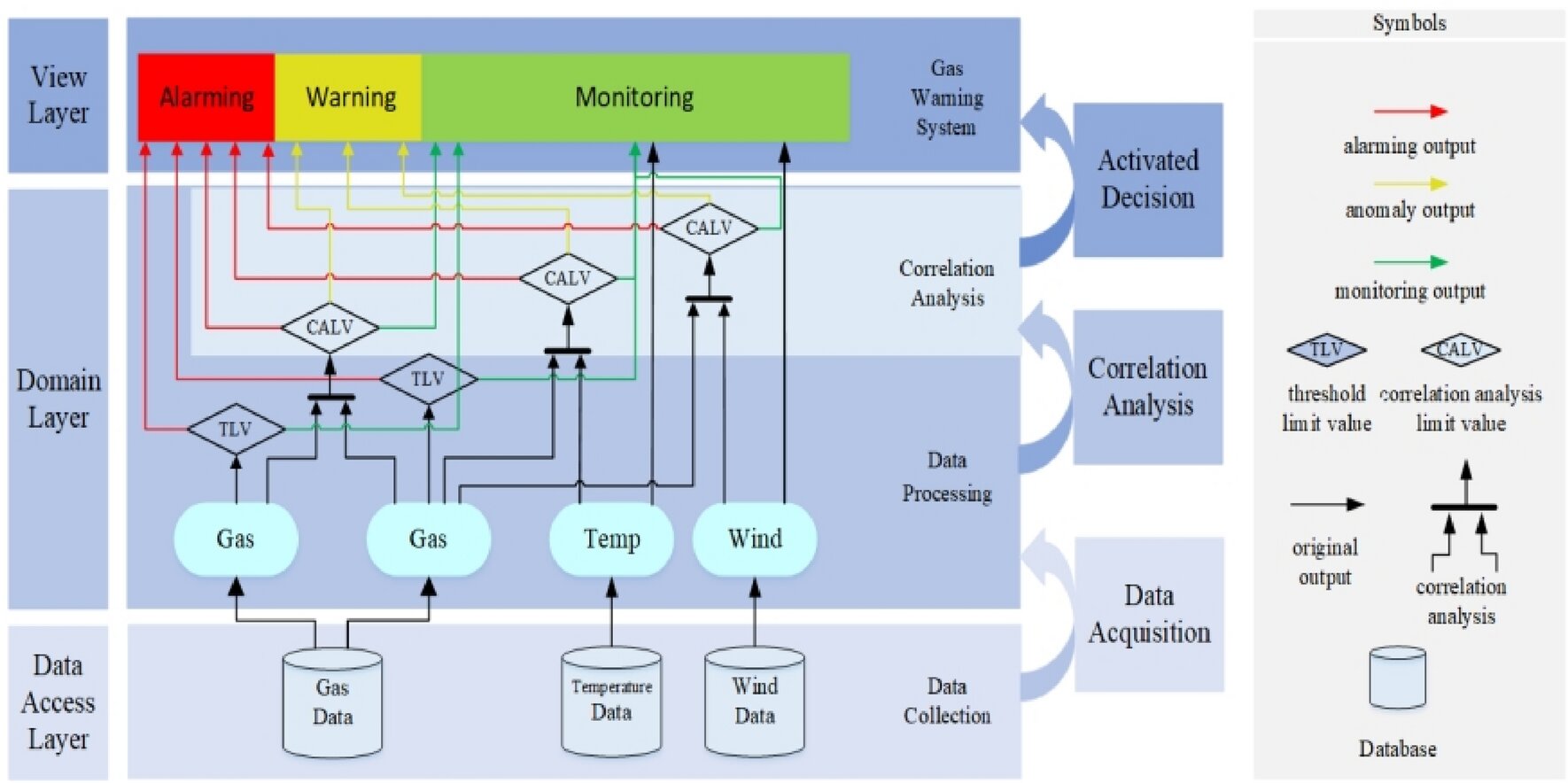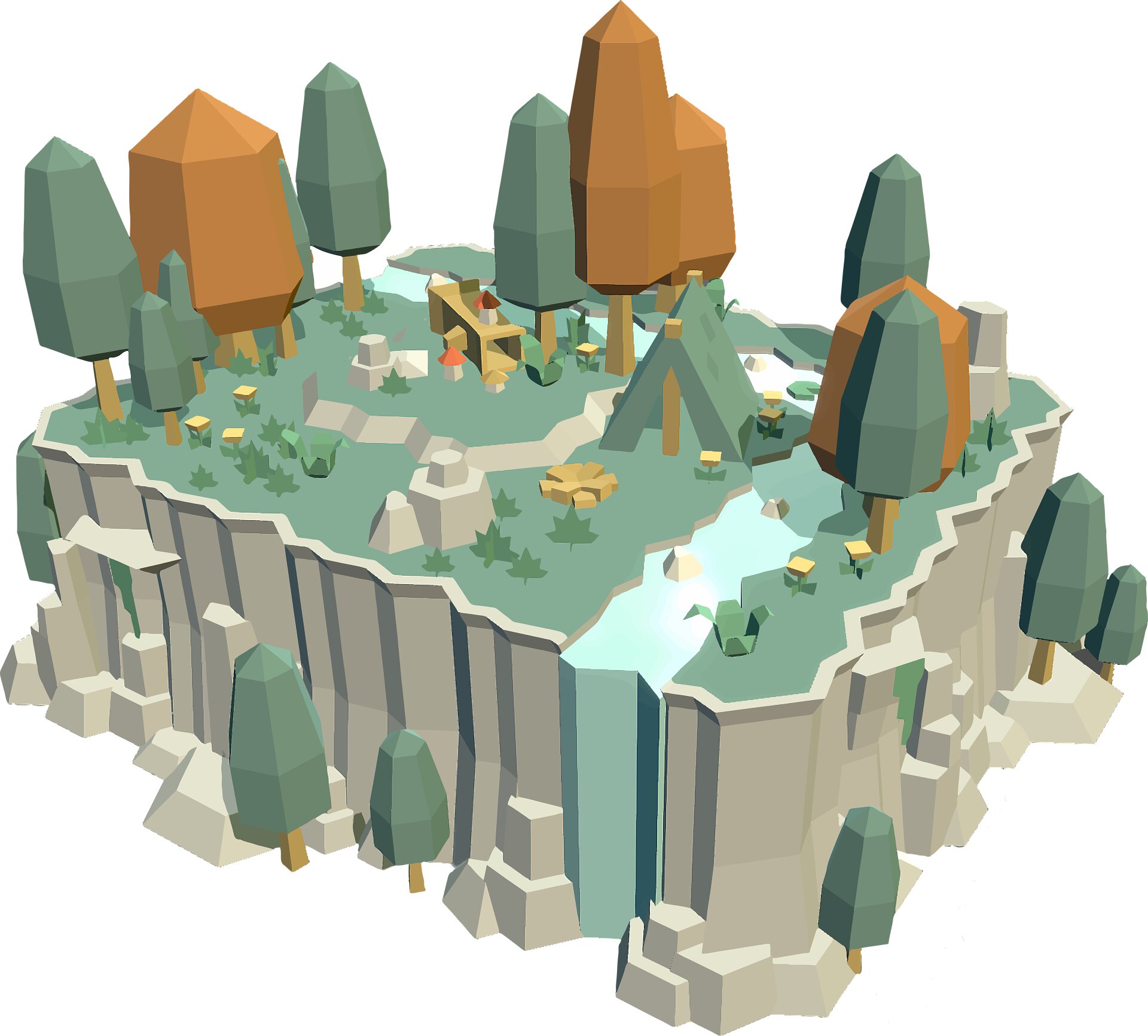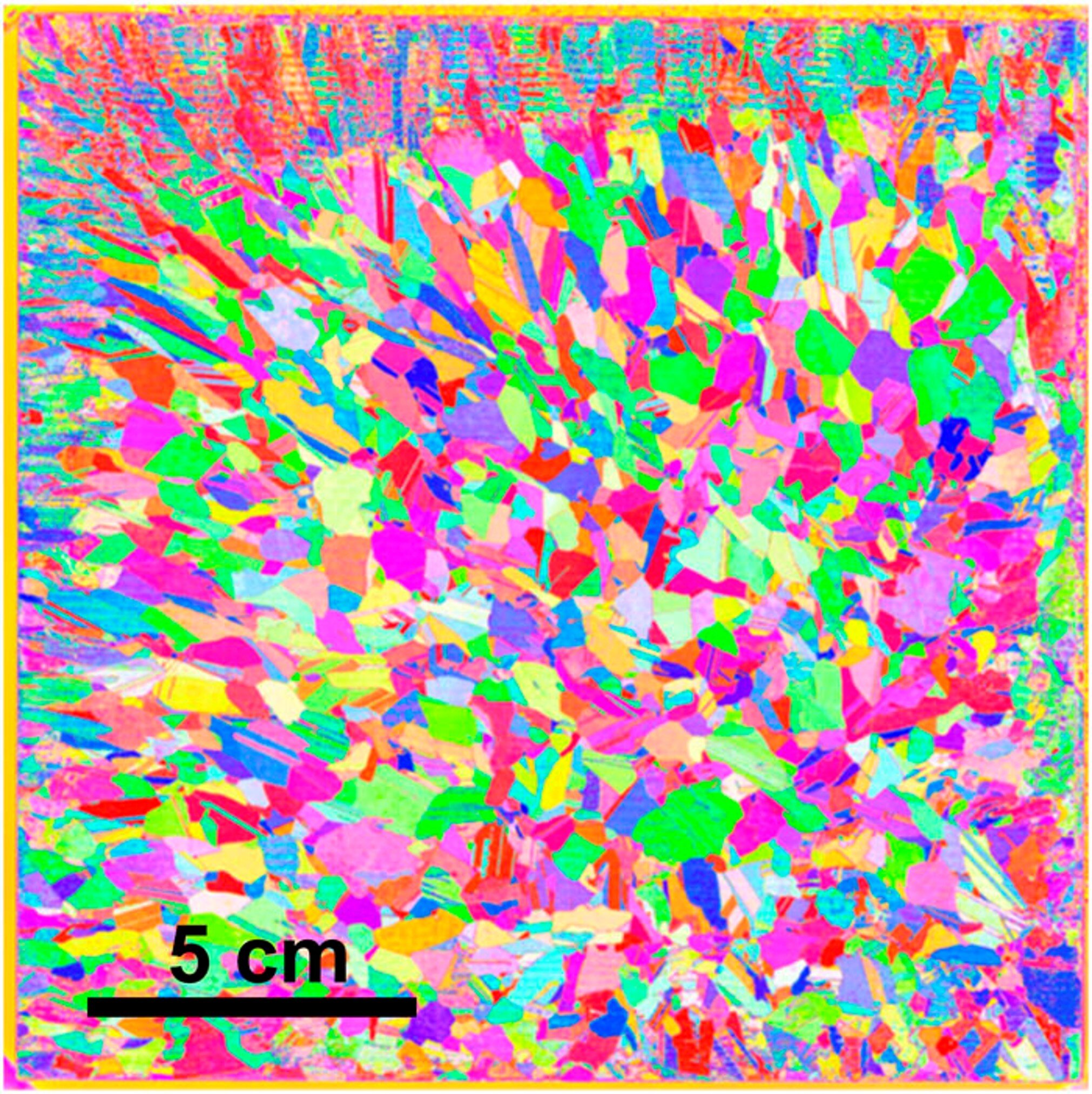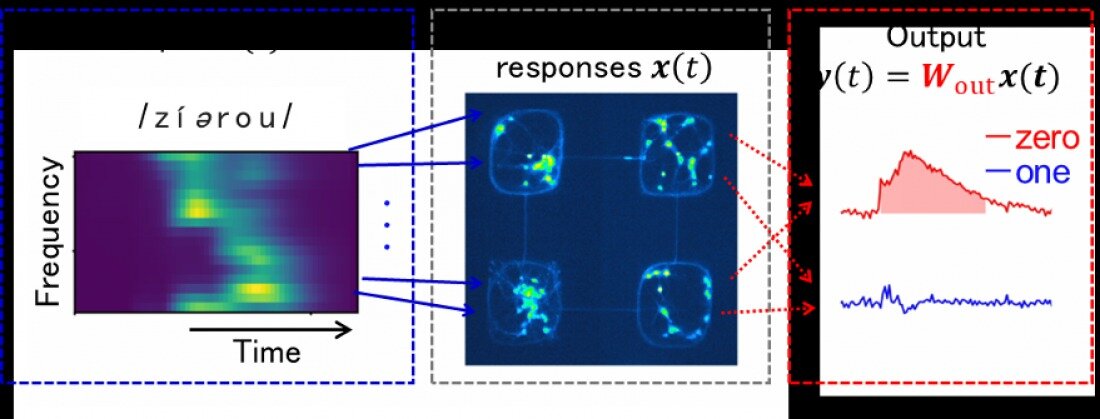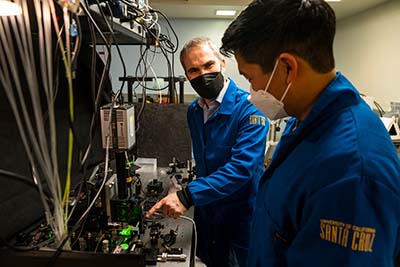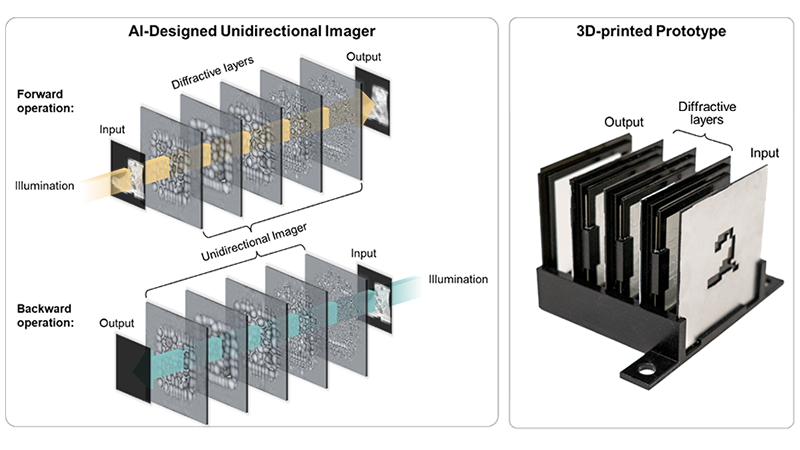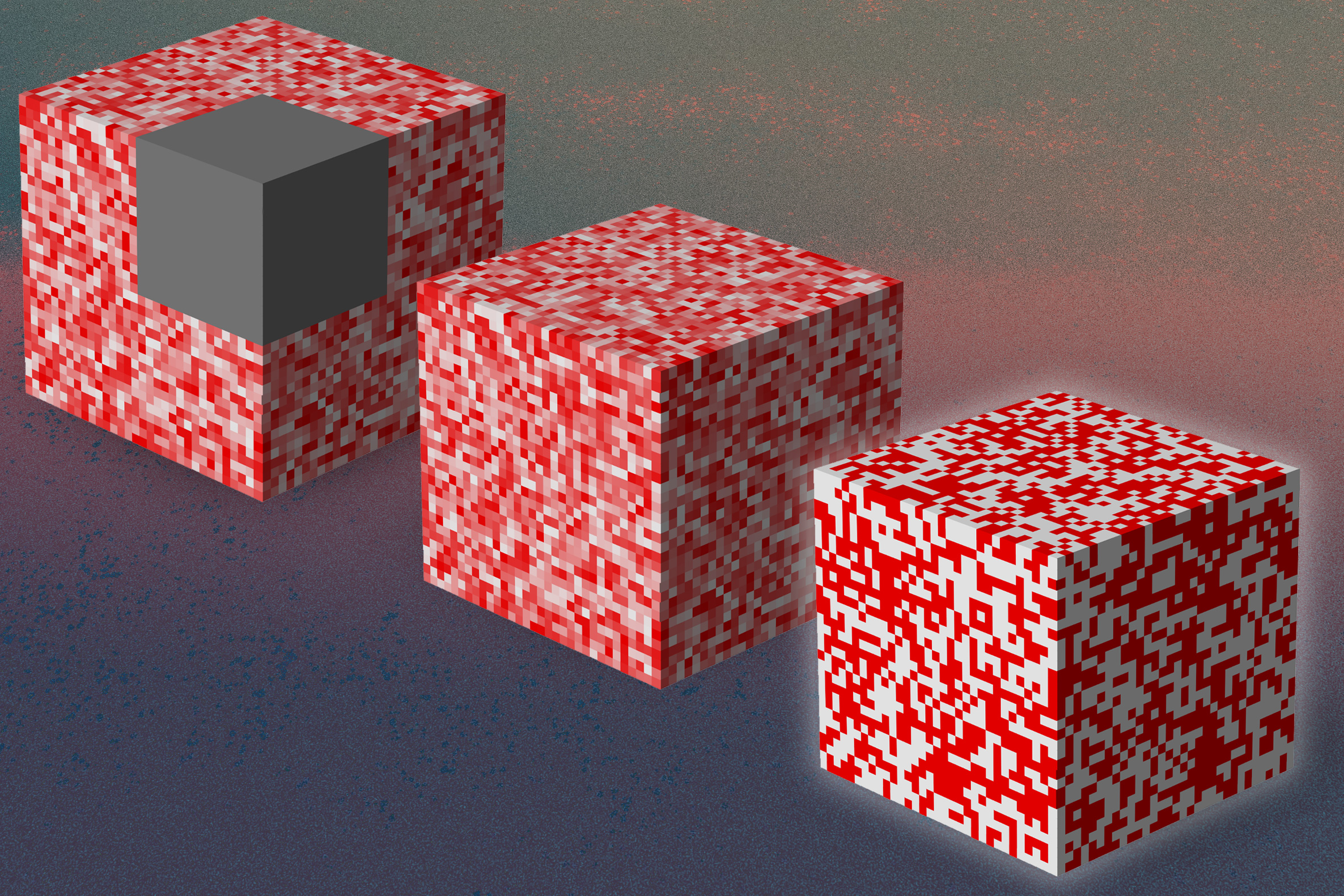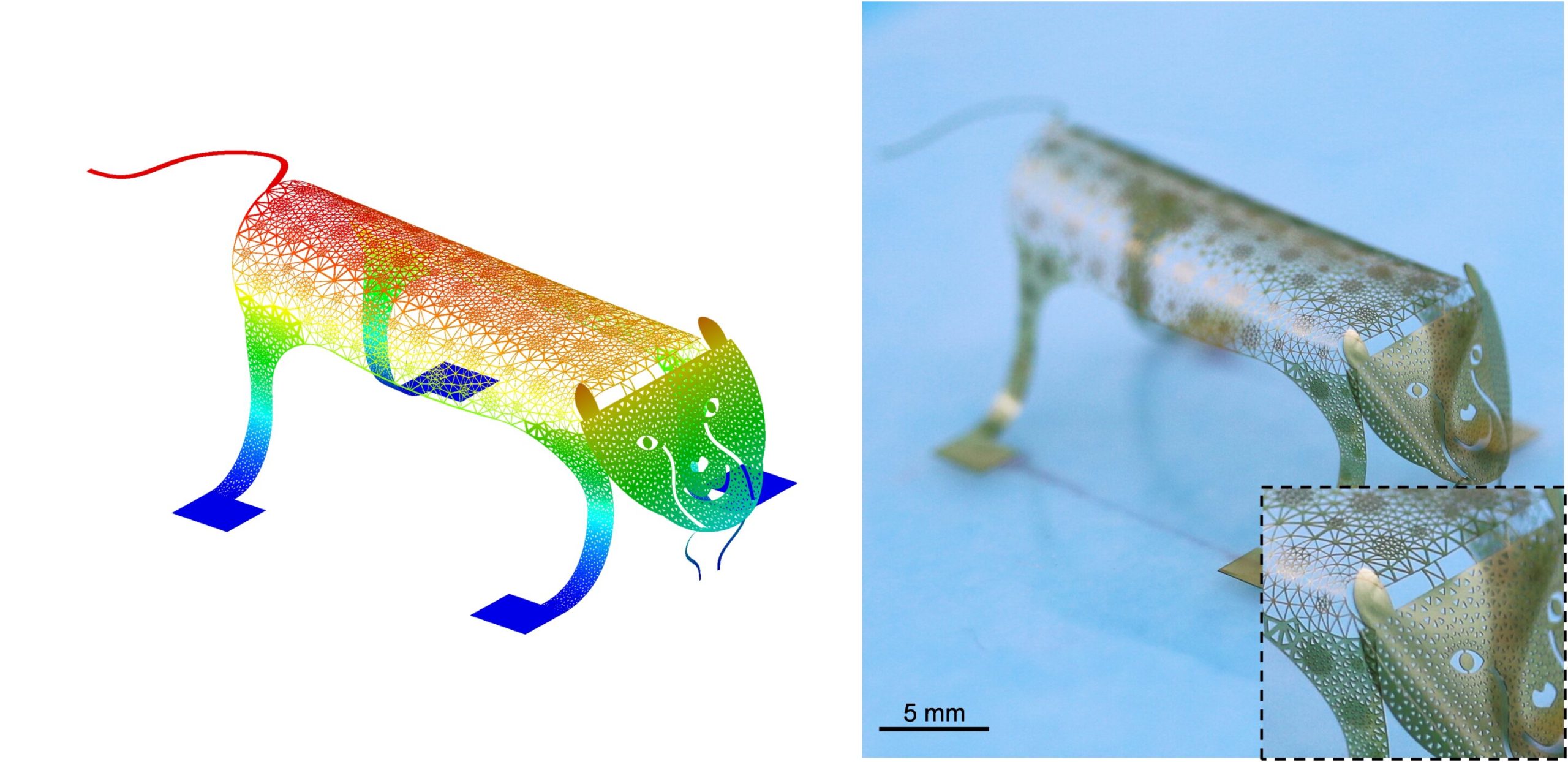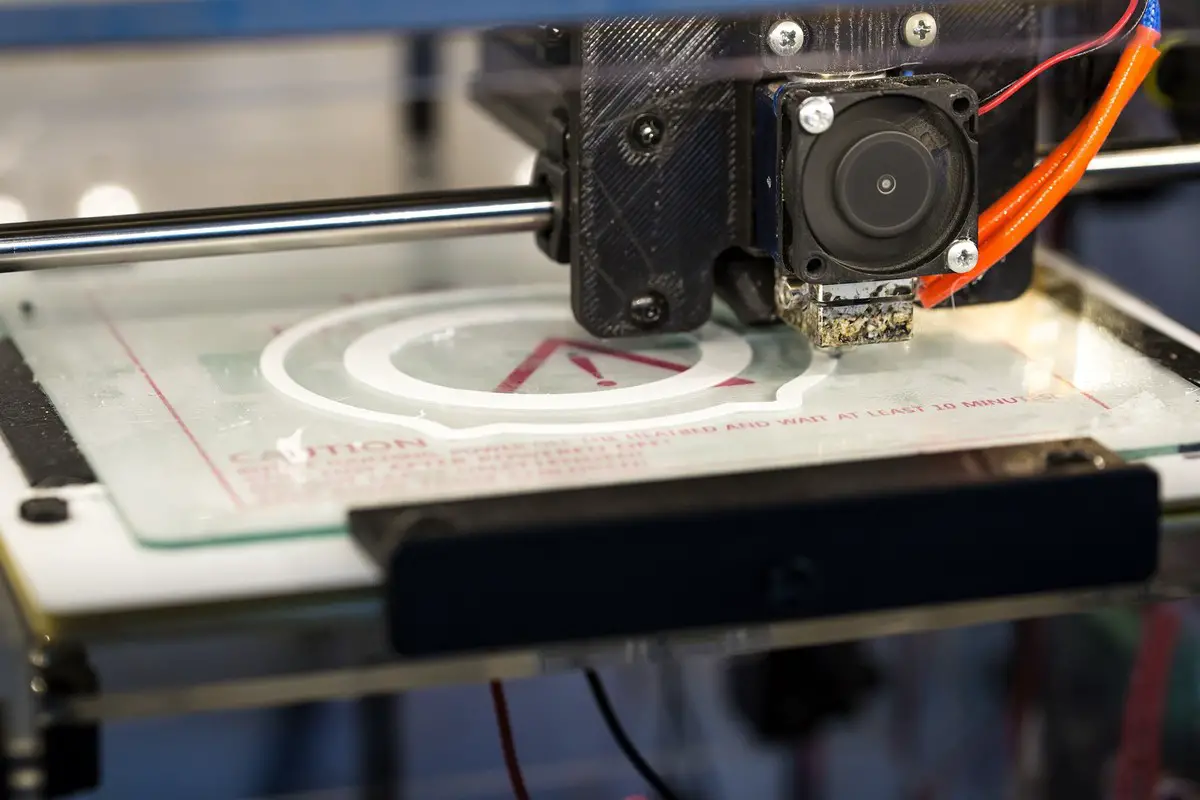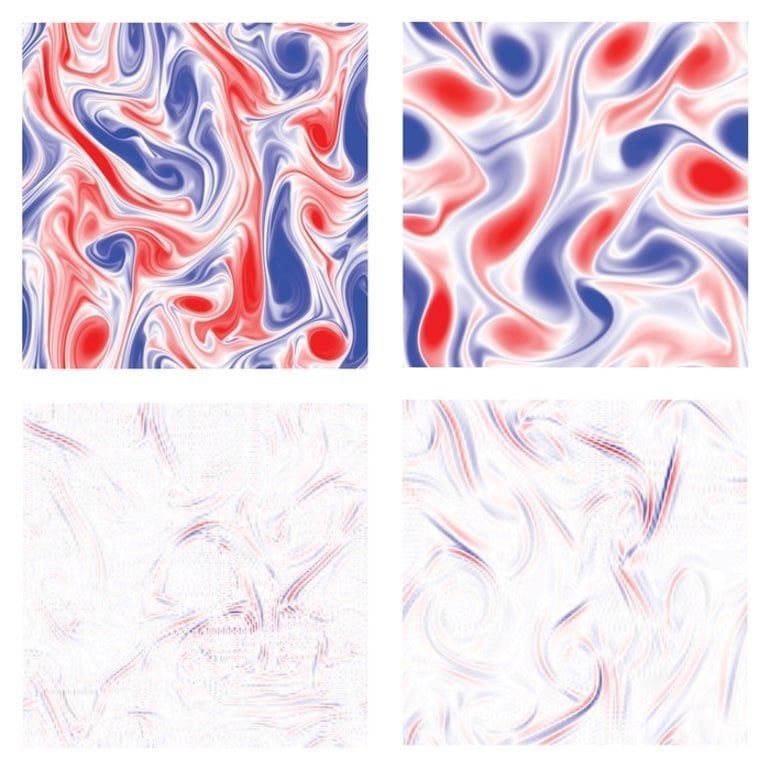Skip to content
More than two-thirds of the world's population is expected to live in cities by 2050, according to the United Nations. As urbanization advances around the globe, researchers at the University of Notre Dame and Stanford University said the quality of…
ChatGPT and other deep generative models are proving to be uncanny mimics. These AI supermodels can churn out poems, finish symphonies, and create new videos and images by automatically learning from millions of examples of previous works. These enormously powerful…
A team of urban planners and information scientists at Tsinghua University in China has found that an AI-based urban planning system was able to outperform human experts in creating urban planning designs. In their study, reported in the journal Nature…
The feel of a cat's fur can reveal some information, but seeing the feline provides critical details: is it a housecat or a lion? While the sound of fire crackling may be ambiguous, its scent confirms the burning wood. Our…
Greater monitoring of wind, gas density and temperatures in coal mines can help reduce the risk of disasters, according to a new joint study with Charles Darwin University (CDU) and University Technology Sydney (UTS).…
Just a few years ago, Berkeley engineers showed us how they could easily turn images into a 3D navigable scene using a technology called Neural Radiance Fields, or NeRF. Now, another team of Berkeley researchers has created a development framework…
A team led by Nagoya University researchers in Japan has successfully predicted crystal orientation by teaching artificial intelligence (AI) using optical photographs of polycrystalline materials. The results were published in APL Machine Learning.…
The brain comprises billions of interconnected neurons that transmit and process information and allow it to act as a highly sophisticated information processing system. To make it as efficient as possible, the brain develops multiple modules tasked with different functions,…
Sophisticated systems for the detection of biomarkers—molecules such as DNA or proteins that indicate the presence of a disease—are crucial for real-time diagnostic and disease-monitoring devices.…
Traditional optical imaging and communication systems, typically composed of lenses, perform imaging operations in both forward and backward directions. Similar to a pipe that enables liquid to flow through from one end to the other in both directions, standard optical…
Maybe you can't tell a book from its cover, but according to researchers at MIT you may now be able to do the equivalent for materials of all sorts, from an airplane part to a medical implant. Their new approach…
Advanced materials become increasingly complex due to the high requirements they have to fulfill regarding sustainability and applicability. Dierk Raabe and colleagues reviewed the use of artificial intelligence in materials science and the untapped spaces it opens if combined with…
A multi-institutional team of mechanical engineers and materials scientists has developed an inverse design method to improve the texture of porous surfaces on 3D printed structures. In their paper published in the journal Science, the group describes developing micrometer-sized triangles…
After a building failure due to natural disasters or poor structural design, safety inspectors must enter a structure to assess the damage before occupants can return. Researchers in the Penn State Department of Architectural Engineering have studied how building inspectors…
Modern fabrication tools such as 3D printers can make structural materials in shapes that would have been difficult or impossible using conventional tools. Meanwhile, new generative design systems can take great advantage of this flexibility to create innovative designs for…
One of the oldest tools in computational physics—a 200-year-old mathematical technique known as Fourier analysis—can reveal crucial information about how a form of artificial intelligence called a deep neural network learns to perform tasks involving complex physics like climate and…
文 » A
Scroll Up
×
![]()
